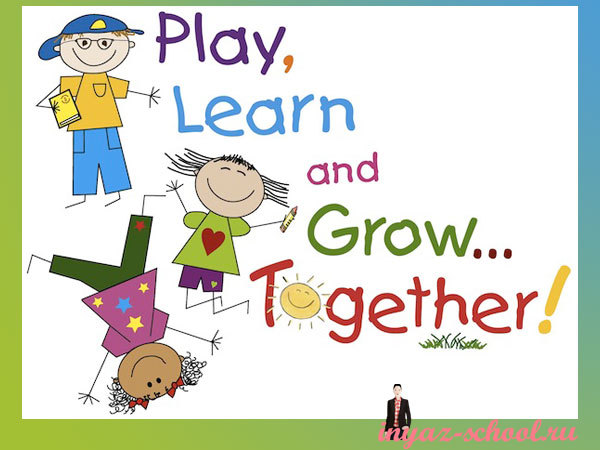Teaching English to children is not as easy as it seems at first glance. Especially when it comes to younger school age. To deal with children should be a person who has an accurate idea of \u200b\u200bchild psychology. The teacher must learn to understand child psychology before teaching them. Unfortunately, not every teacher in a comprehensive school adheres to this rule. Things are much better in the so-called innovative schools, gymnasiums, and lyceums. Private educational institutions stand out among them. And of course, you will get a completely individual approach to children if you have the opportunity to hire a private tutor with good reviews and recommendations.
The modern system of primary education allows you to include English in the schedule of schoolchildren from the first grade. However, many teachers are accustomed to working with older students - after all, most Russian students only started learning English in the 5th grade. of primary school age should be built according to a different scheme than for children of secondary school age. For young children, the most important thing is the game, and learning should take place in the form of a game. It only seems that during the game the material is poorly absorbed, in fact, everything is completely different. From personal experience, during the game form of learning, oral speech is well practiced, and for children this is the most important thing, since grammar is deposited in their head not by cramming, but intuitively and from memory. Coloring pages, mazes, quests and cards are well perceived by them. Songs and cartoons take a lot of time in the lesson, but children also really like them. This is theory, but what does it look like in practice, you ask. Here is an example.

We learn words on the topic fruits-vegetables-products, combining with the previously covered topic, and numbers from o-20. Depending on the number of students in the class, the method of the game may differ, but let's take the scheme as a basis: the teacher is the seller, and the children are the buyers (then vice versa). The buyer greets the seller and says goodbye to him - this is the practice of words of greeting and farewell (hello, goodbye, bye bye, welcome! and so on). The salesperson asks "how much?" — how many; and the buyer says the number - one, four, and so on. This is practicing the pronunciation of numbers. Then come the words for fruits, vegetables, and foods. During the game, you can explain that the plural is formed by adding S: apple-apples, and so on. In the game, you can use pencils and felt-tip pens, they will be instead of products, + cards. It all depends on your imagination and desire. After such games, children, even while on vacation with their parents abroad, correctly name food products and can express simple desires (I want ...).
Try to use the game form as much as possible: oral, written, and even, and you yourself will be surprised how interesting it is to conduct English lessons for children.
.




